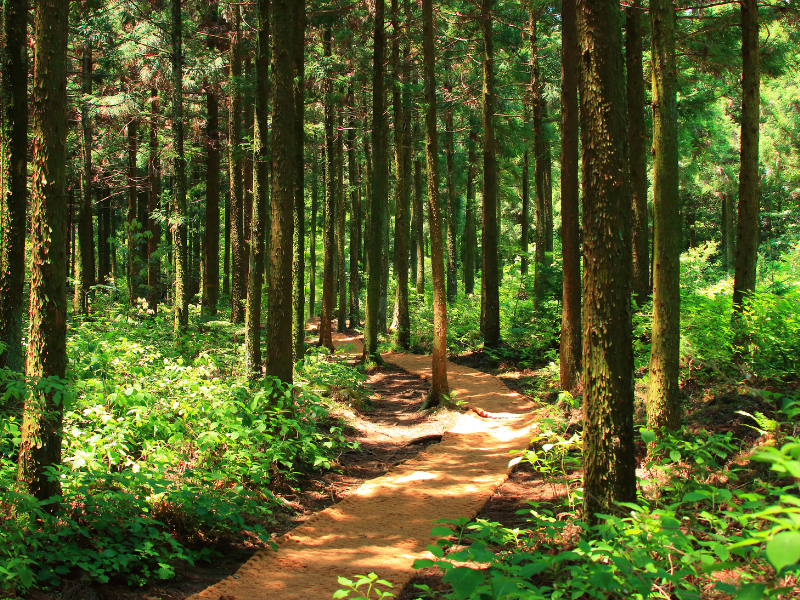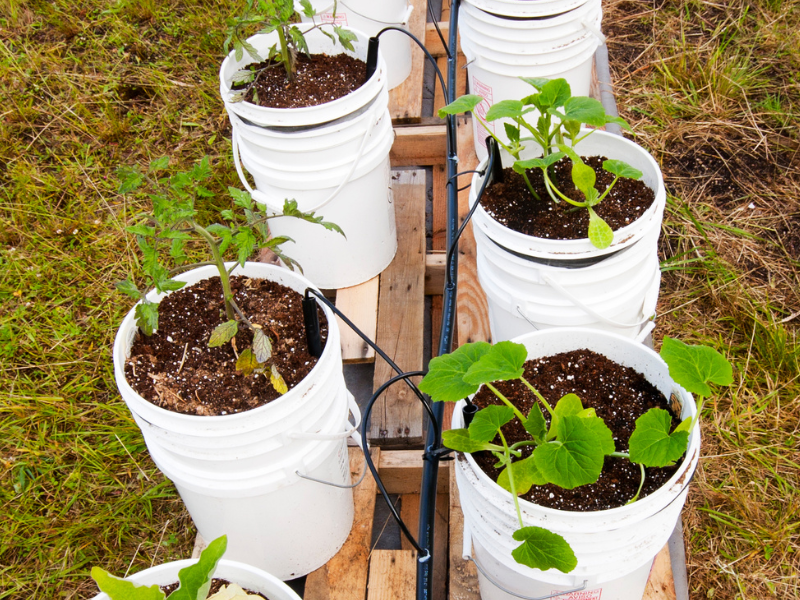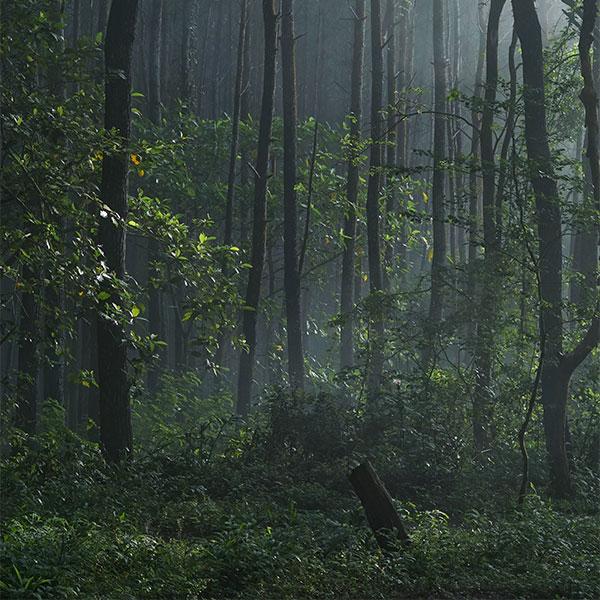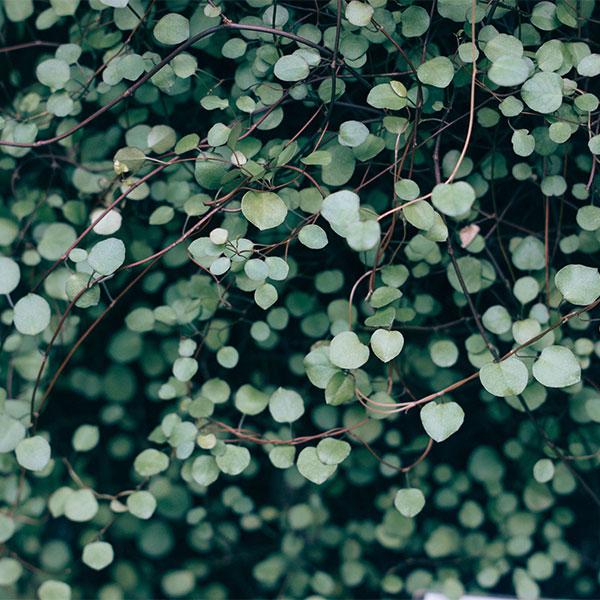While most people give gifts of flowers to their loved ones, did you know that you might be able to survive off of those flowers? You can eat some flowers in an emergency situation to keep your alive. If you find yourself in a sticky situation, use the knowledge below to help you get out safe and sound.
Be Safe
There are a few things to consider when you are going to eat a flower. First, be sure that it’s edible. If you’re not sure if a plant of flower is edible - don’t eat it. It’s safest to eat flowers that you have grown yourself, that way you don’t have to worry about knowing what chemicals or pesticides have been used on them. For that reason, don’t eat plants or flowers that were grown in parks or on the side of the road. Please also note that with many flowers, only the petals are edible and the pollen of the flower can cause some highly allergic reactions.
Edible Flowers
| Marigolds (Calendula officinalis) It’s sometimes called the poor man’s saffron. Marigolds are spicy with a little bit of tangy taste. It will add a golden hue to your foods. | 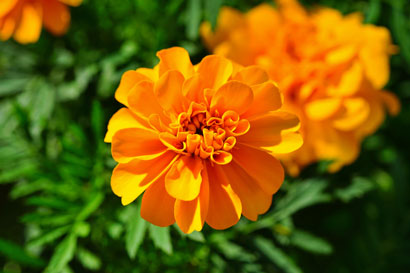 |
| Clove Pink (Dianthus caryophyllus) The clove pink has a spicy taste to it, almost peppery. They can come in a variety of colors including white, red, pink and yellow. | 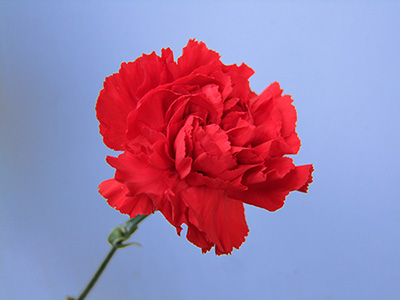 |
| Chamomile (Chamaemelum nobile) Has a faint apple flavor. When made into a tea, it tastes very good. The chamomile is often used to create cosmetics but is considered a great antiseptic and antibiotic. |  |
| Cornflower (Centaurea cyanus) The plant is 16-35 inches tall with a grey-green branched stem. It is often used as an ingredient in tea blends and tisanes. | 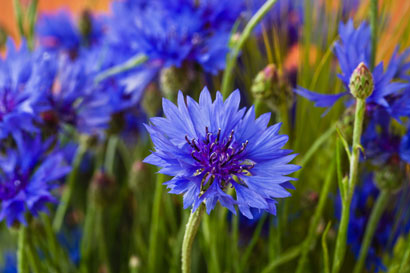 |
| Dandelion (Taraxacum officinale) Very young flowers can be fried in butter and they taste like mushrooms. The leaves can also be eaten in salads or soups. Raw leaves might be a little bitter but they have a lot of calcium. | 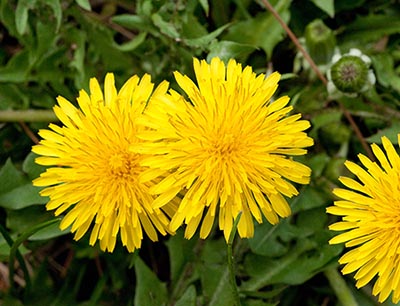 |
| Tasso Deep Rose (Bellis perennis) Has a tangy flavor. The flower is typically found close to the ground and the petals can be used for salads, soups or sandwiches. | 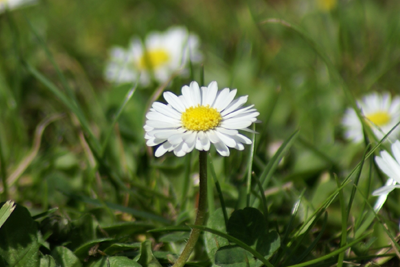 |
| Cape Jasmine (Gardenia jasminoides) Has a sweet flavor that is very light to the taste. It is also an evergreen flower so you’re more likely to find it around. It is common in Vietnam, Southern China, Taiwan, Japan and India. | 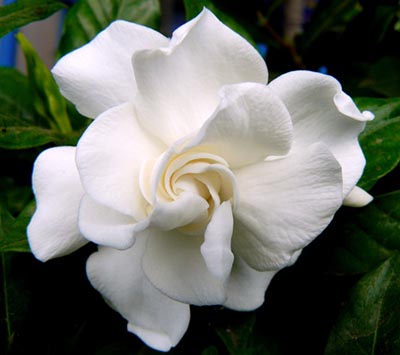 |
| Chinese Hibiscus (Hibiscus rosa-sinensis) If you boil Habiscus, it makes a very good tea. It has often been used in salads in the Pacific Islands. | 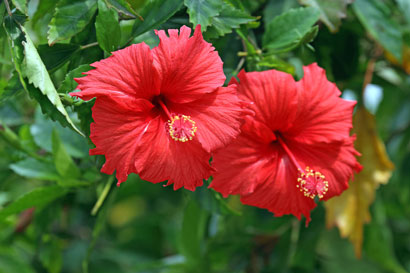 |
| Common mallow (Malva sylvestris) This very delicate flower is sweet and has a soft taste on the pallet. It was used across Europe during the 1840s as a vegetable when boiled. | 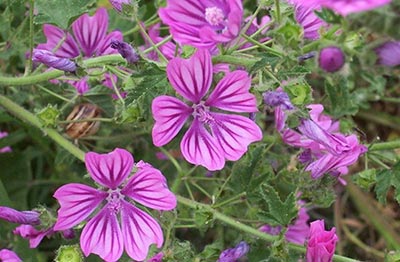 |
| Lark’s Heel (Tropaeolum majus) The buds of the Lark’s Heel (aka Nasturtium) are often picked and used as capers. It has a slightly peppery taste and can be used in salads. | 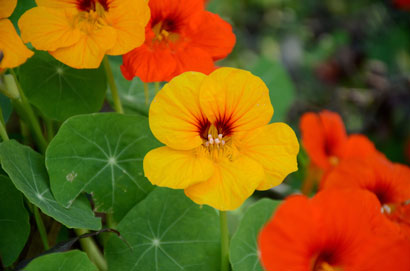 |
| Lady’s Fingers (Hibiscus esculentus) This flower tastes similar to a squash blossom. It can be used to thicken soups. The seed pods are used widely in rice dishes, soups and other vegetable dishes. | 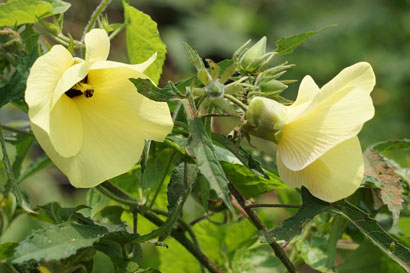 |
| Pineapple Guava (Feijoa sellowiana) This is a very flavorful flower that tastes a lot like a ripe pineapple. It has a grey-green leaf and grows about 10-15 tall and wide. | 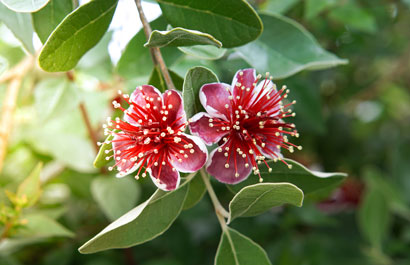 |
| Sunflower (Helianthus annuus 9) If the flowers haven’t opened yet, pick off the buds and steam them like artichokes. If the flower is open, the petals are still edible but they are very bitter. | 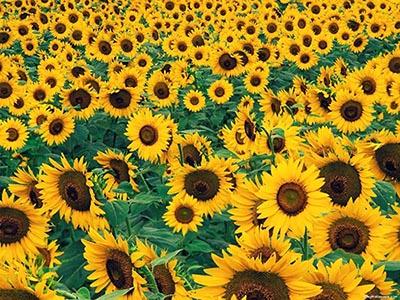 |
| Forest Pansy (Cerci canadensis) The flower that grows on the Eastern Redbud tree was used by Native Americans. They would roast the seeds or eat the flowers raw. | 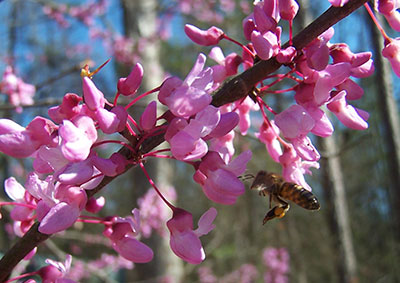 |
Have you eaten flowers? Comment below to tell us what flowers you’ve used or eaten.











